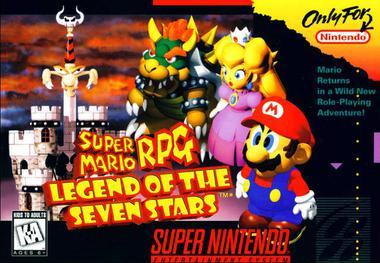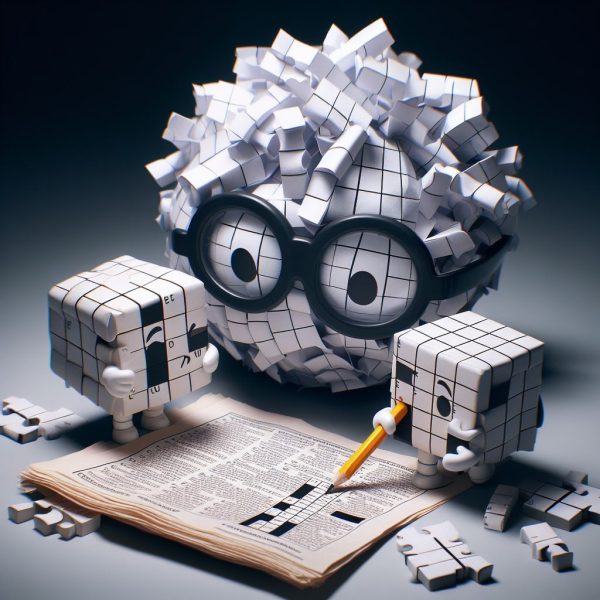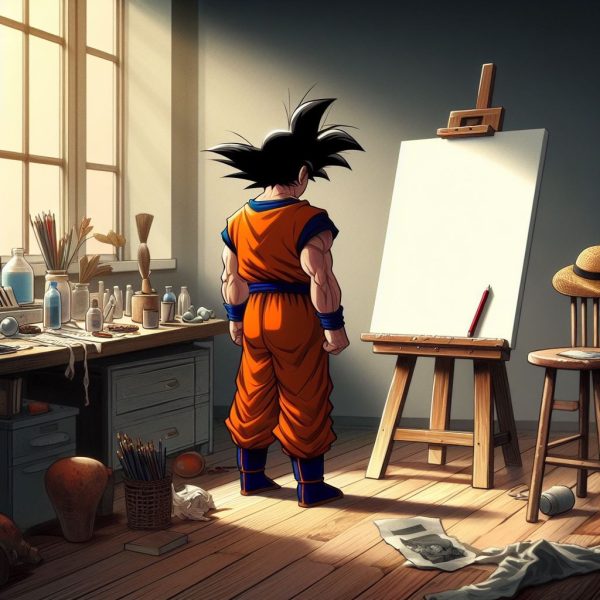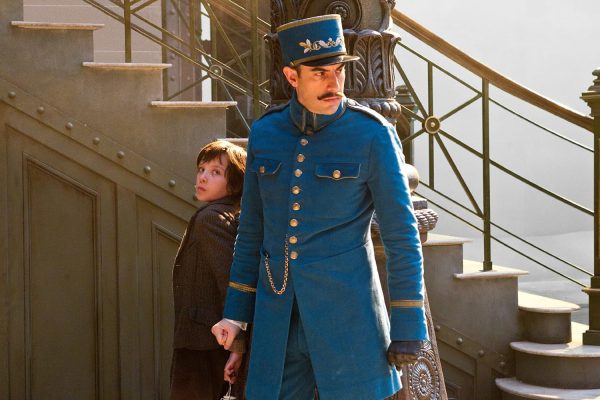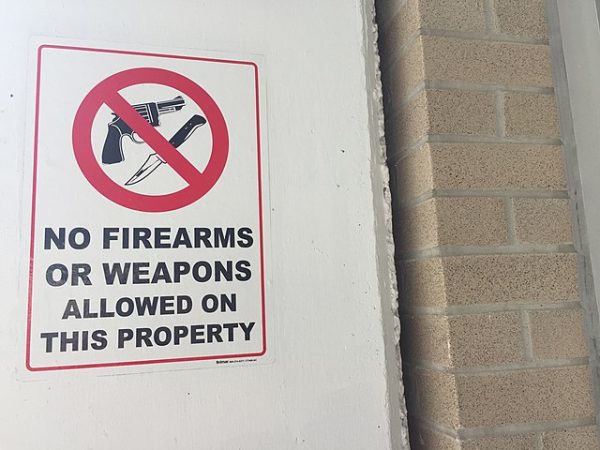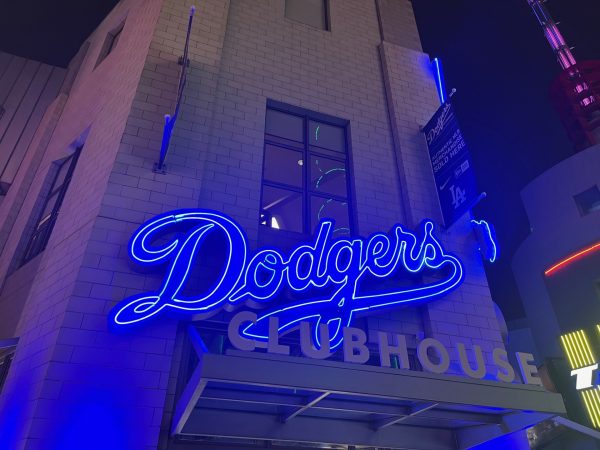Super Mario RPG: 25 Years Later
How did such an iconic blend of genres come to be, and why is it still so popular today?
The year is 1990. The SNES had just taken the world by storm with the smash hit Super Mario World and everything was looking bright for Mario’s future. Nintendo’s popularity was rising quickly with no signs of slowing down. However, creative director Shigeru Miyamoto wasn’t satisfied. After more than a decade of Mario’s platforming prowess on full display, Miyamoto wanted something different. What hadn’t Mario done yet? What areas of the gaming landscape were left for him to traverse? Like a philosopher of ancient times, Miyamoto thought. He pondered and pondered this idea for four long years before finally reaching a brilliant revelation. He wanted the mustachioed plumber to explore a whole new kind of adventure that had never been seen before: Miyamoto wanted a Mario RPG.
“Long before Super Mario RPG got started, I had talked with the staff at Nintendo about wanting to make an RPG that featured Mario,” Miyamoto explained to a Japanese magazine in 1995. This Mario RPG idea sat idly in the back of Miyamoto’s head and fermented for almost a full year before coming to fruition during a 1994 press conference with the Japanese game company Squaresoft, which later became the widely-recognized Square Enix after a merger with fellow RPG publisher Enix. At this point in time, Squaresoft was responsible for classic role-playing games like Final Fantasy IV, Secret of Mana, Chrono Trigger, and several other turn-based games popular largely among Japanese audiences.
“During [this] business meeting with Nintendo, the topic came up of us working on something together. Nintendo has Mario, and Square has RPGs… well, why not simply stick the two together?” That’s a quote from Squaresoft creative director Chihiro Fujioka speaking during an interview with a gaming magazine right before the game’s release. His idea not only satisfied Miyamoto’s desire to place Mario into an RPG setting, but also Fujioka’s own desire to create a game with worldwide appeal that both children and adults could enjoy. Due to Squaresoft’s vast experience in the RPG market, Nintendo placed most of the responsibility with them, but would often step in to help guide the game’s creative direction. Both companies were in love with this collaborative project, but its realization would take a lot of back and forth.
The main issue Squaresoft faced in designing Super Mario RPG was its turn-based combat system: “In RPGs, there’s usually a lot of waiting. The majority of the time is probably spent not pressing any buttons, in fact. But… we’ve added some elements which allow a moment of action in the gameplay: in other words, a moment of greater Mario-ness.” Fujioka referred to an ingenious bit of interactive game design: the timed button press. Tapping a corresponding button right when an attack lands allows Mario and his friends to execute even stronger moves, making the player consistently engaged and involved. To this end, traditional Mario platforming and minigames were added to bring complexity to the game’s flow, meaning that players would never be stuck with one type of gameplay loop for the entirety of their adventure. After all, who could say no to a little Yoshi Derby?
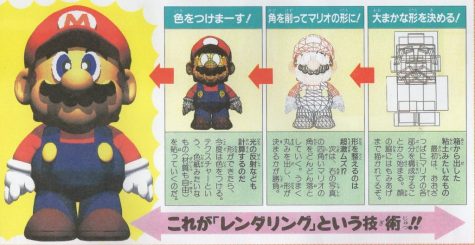
One of Super Mario RPG’s main attractions is its bold artstyle. Squaresoft wanted to really bring out the realism in this iteration of Mario, and in order to achieve this effect, they decided to use new technology to present gamers with an isometric view. In other words, the game worked in three dimensions. “The usual complaint about isometric visuals is that yeah, they look pretty, but they make the controls difficult… we solved that by allowing Mario to move in all eight directions, as opposed to the usual diagonal-only movement of isometric games. That includes dashing and jumping: this is Mario, after all, so we talked about how he needed to do more than just walk around the field.” Fujioka’s vision for the game’s art direction led to one of the most visually distinct projects not only from the era of the SNES, but from gaming as a whole. The bright and lively visuals separate Super Mario RPG from every other game, pleasing both Fujioka and Miyamoto immensely.
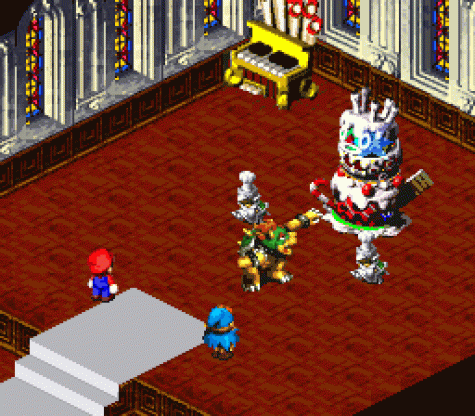
Super Mario RPG’s charming story makes it a timeless tale of love and bravery, and it’s executed with a childlike whimsicality that makes the game infinitely replayable, even today. To sum up the story, Mario and his friends travel across the world to gather the seven Star Pieces, mend the Star Road, and make dreams come true. This simple premise sets up a strong foundation for Mario to effortlessly waltz right through. New party members, like Mallow and Geno, are given emotionally-driven character arcs that outlast the legacies of many other famous RPG characters, despite them only making this one appearance. Iconic characters from the Mario franchise are also given a proper chance to take the spotlight: Princess Toadstool has the opportunity to show her valor and become more than the damsel in distress while Bowser pulls back the curtain a little to reveal his softer side, bless his heart.
Shigeru Miyamoto has been quoted as saying “I think we’ve managed to combine the action gameplay of Mario and the turn-based RPG system in a way no one has seen before.” In 1996, Nintendo and Squaresoft defied all expectations, created a beautifully unique blend of platforming and role-playing tropes, and changed the gaming industry forever. This game has a soul. It can be seen everywhere in the game, from its stunning animation and witty punchlines to its sweeping soundtrack and dynamic cast of characters. Thanks to the hard work of these two game-making masters, Super Mario RPG’s identity is unreplicable, unafraid, and untouchable, standing the test of time and hammering home the idea that dreams do indeed come true.
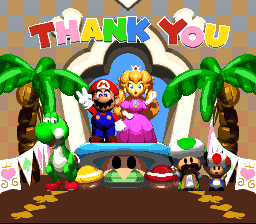
Get it? “Hammering” home? Mario, hammers? No? Never mind.


